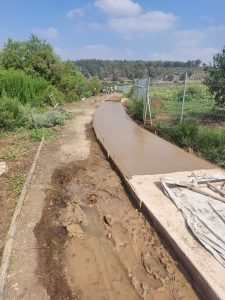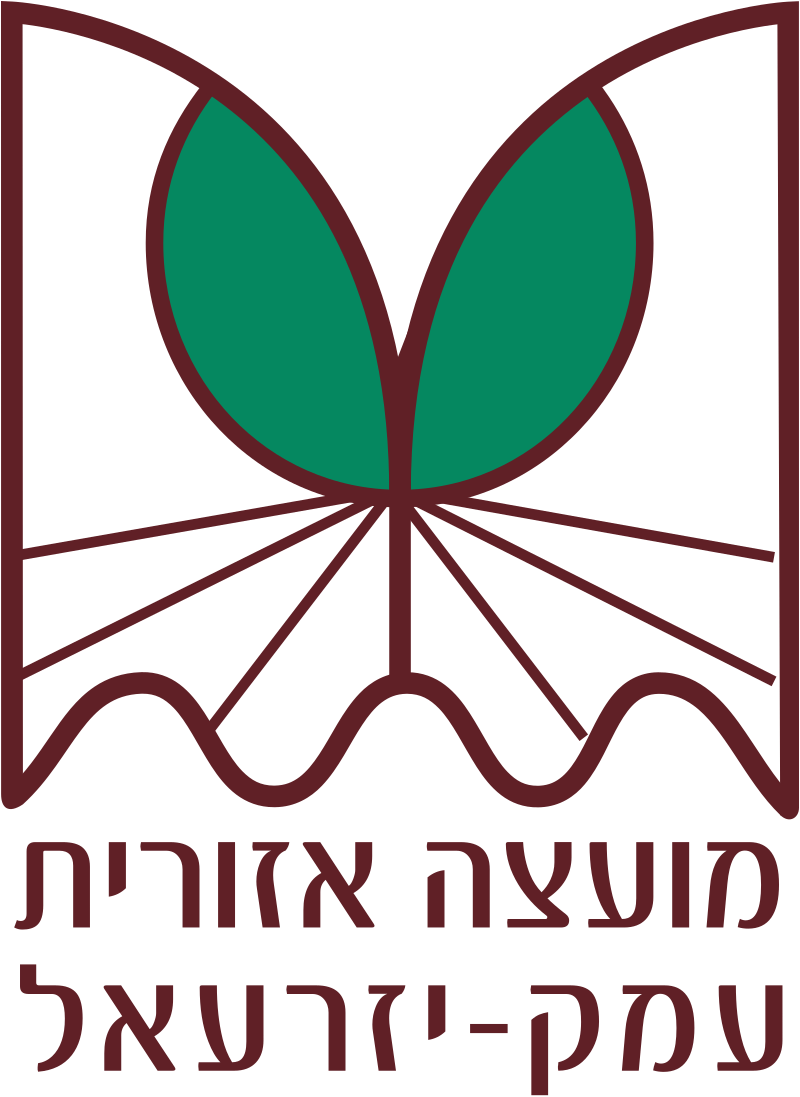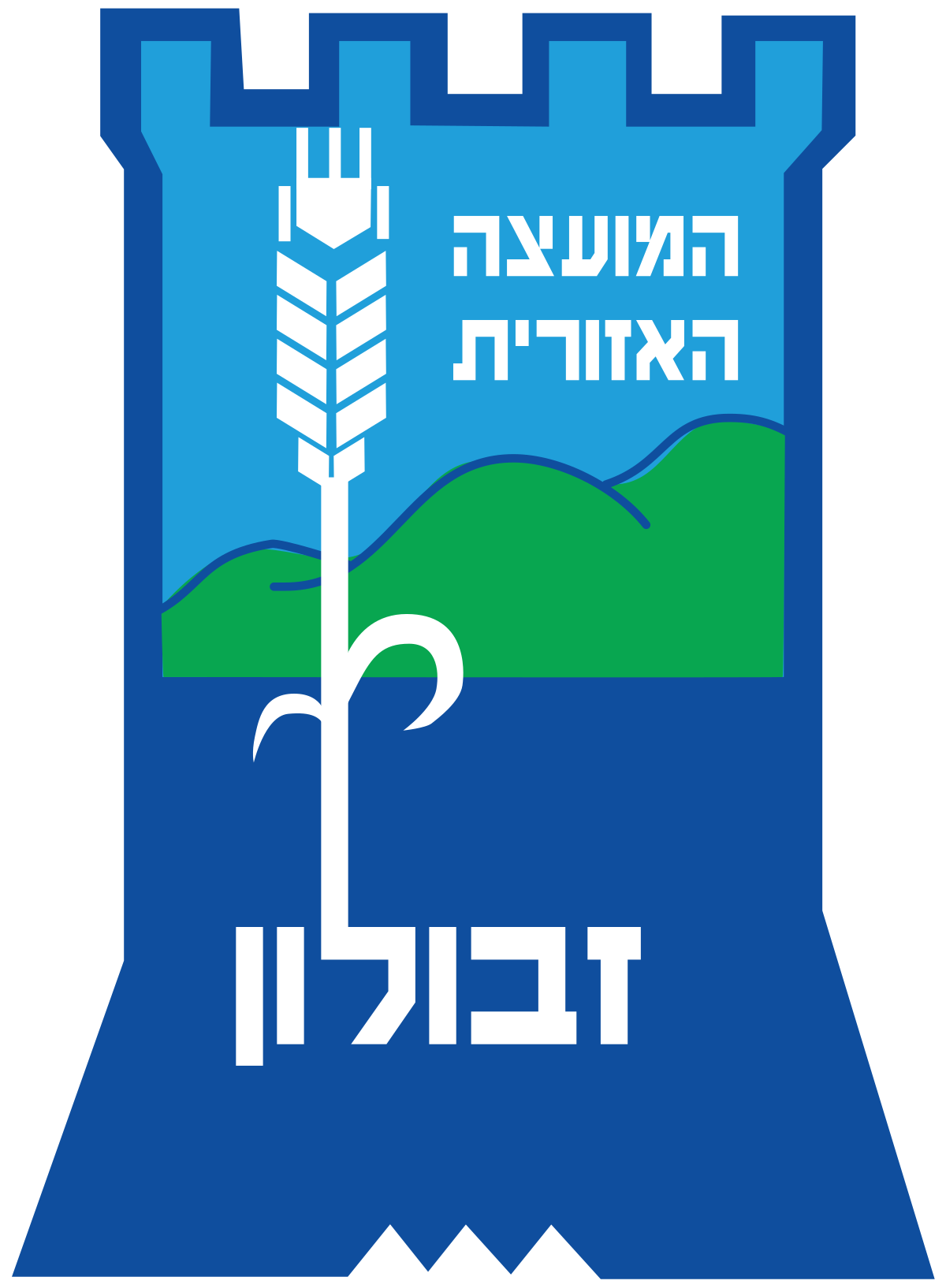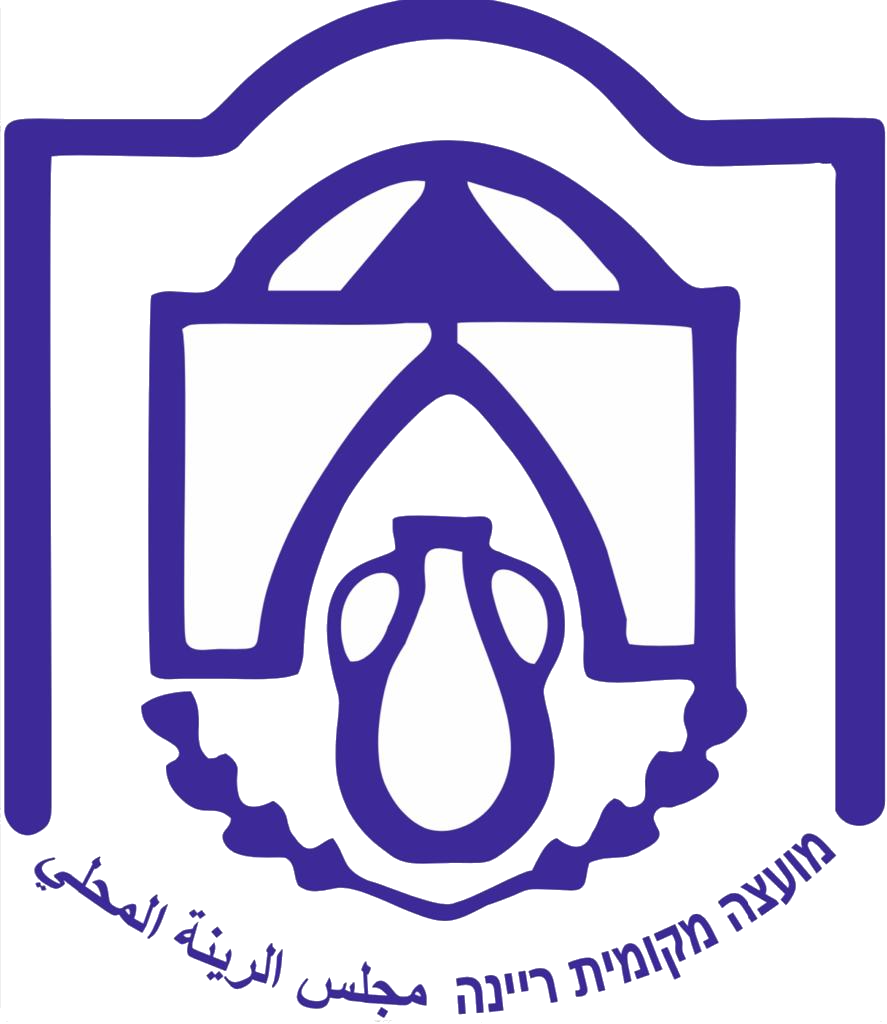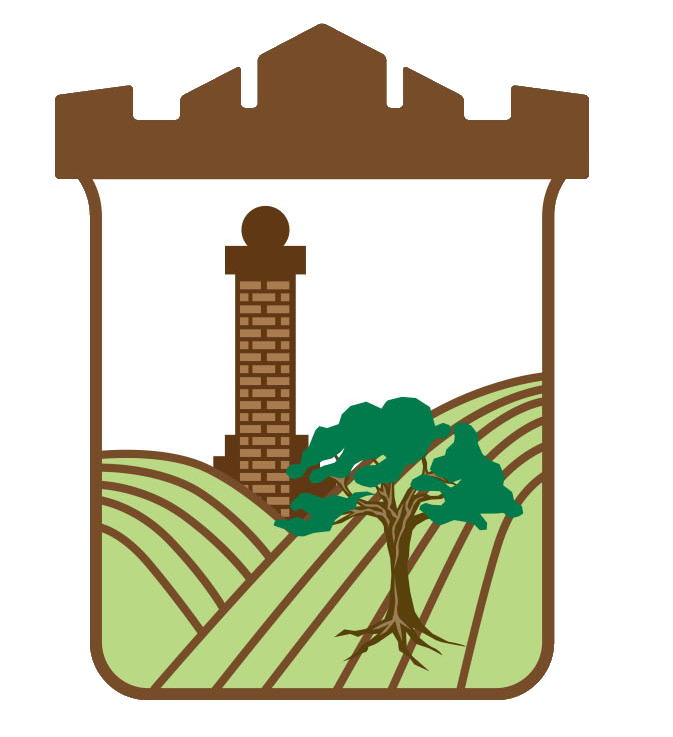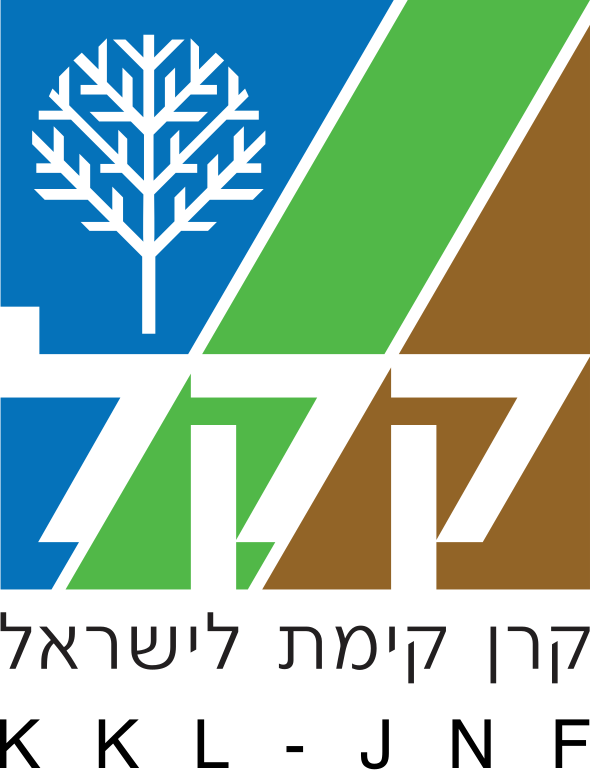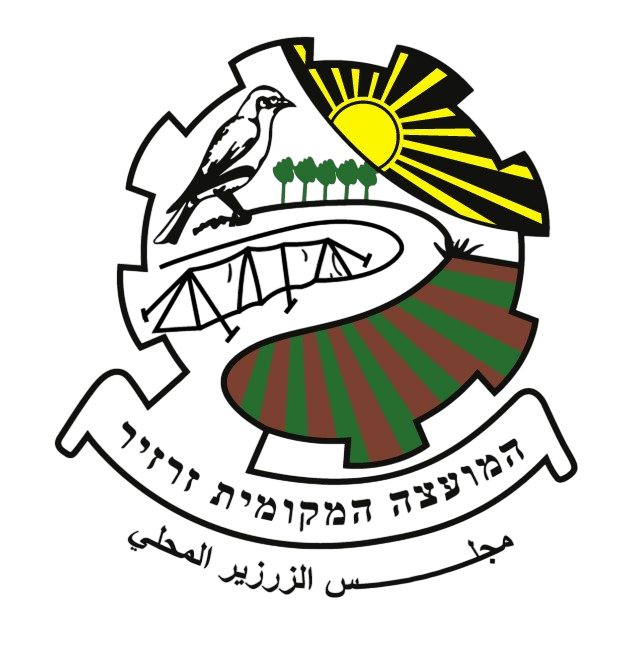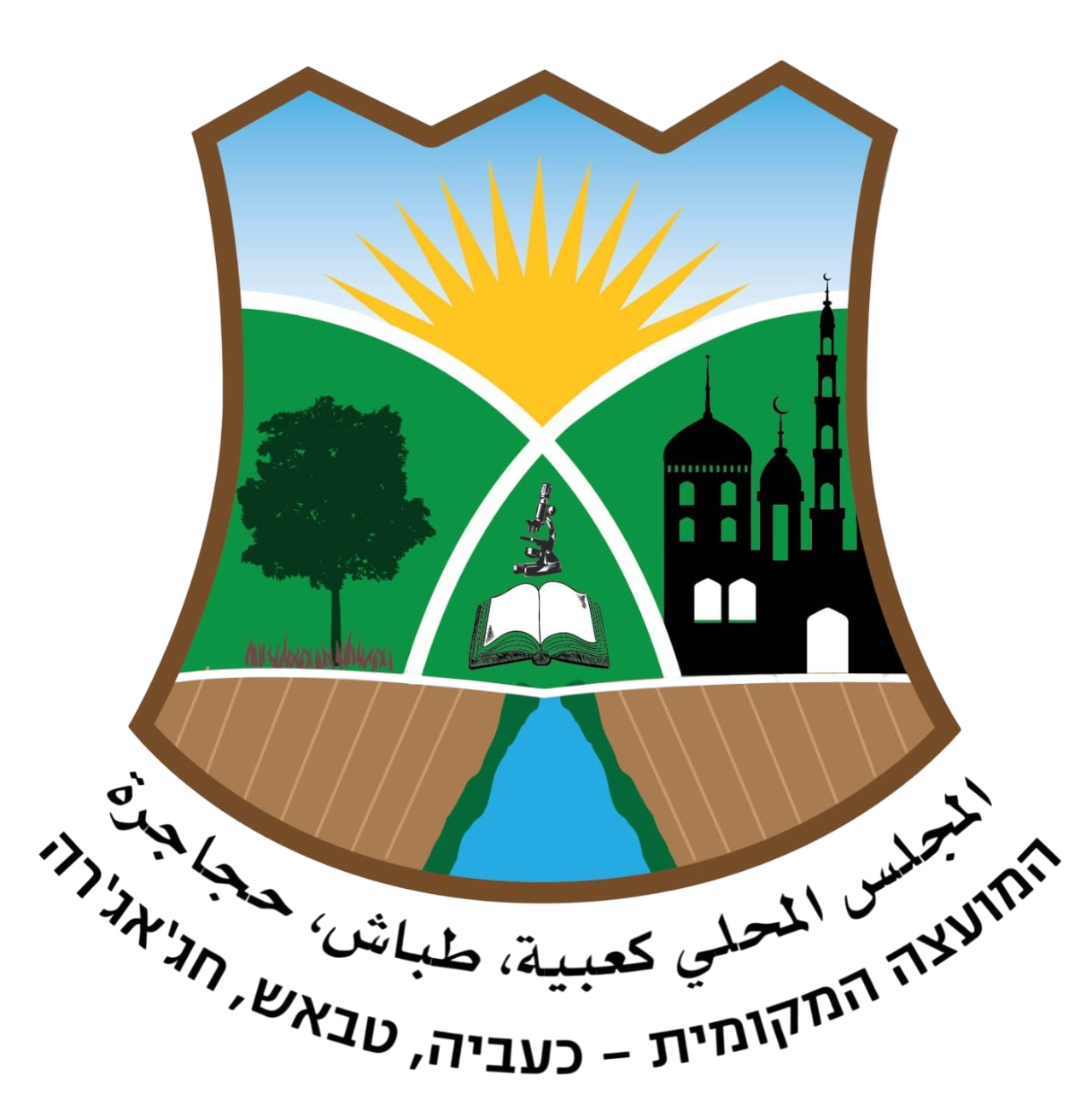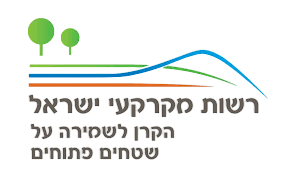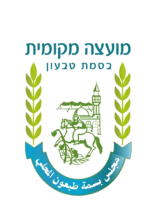What are the main goals in this area?
- Developing a unified basin-wide design language – This design language will establish shared planning principles for all stakeholders involved in landscape development throughout the stream basin.
- Creating a leisure and recreation network – Designed to provide visitors with a rich and meaningful experience, including diverse informational content.
- Developing entrance areas (trailheads) – Strategically placed to help distribute visitors throughout the area.
- Establishing a broad trail system – Planning a continuous streamside path from the upper basin to the lower basin, with connections to nearby communities, all designed in a consistent and cohesive style.
- Creating an accessibility system – Ensuring access to the stream area for people with special needs.
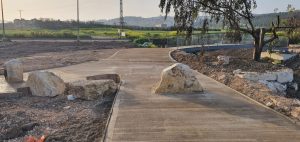
What are we actually doing? A few examples…
● We’ve established entrance trailheads at key points along the stream, including parking, informational signage, and community-based elements. These trailheads help distribute visitors and reduce pressure on ecologically sensitive areas.
● We are creating accessible infrastructure for people with disabilities, including wheelchair-accessible paths from the trailheads to the stream, signage for the visually impaired, and audio guides embedded in “milestones” placed along the trails.
● We developed various interpretation tools along the stream, including playful and interactive signs, to promote understanding not only through reading but also through hands-on engagement.
